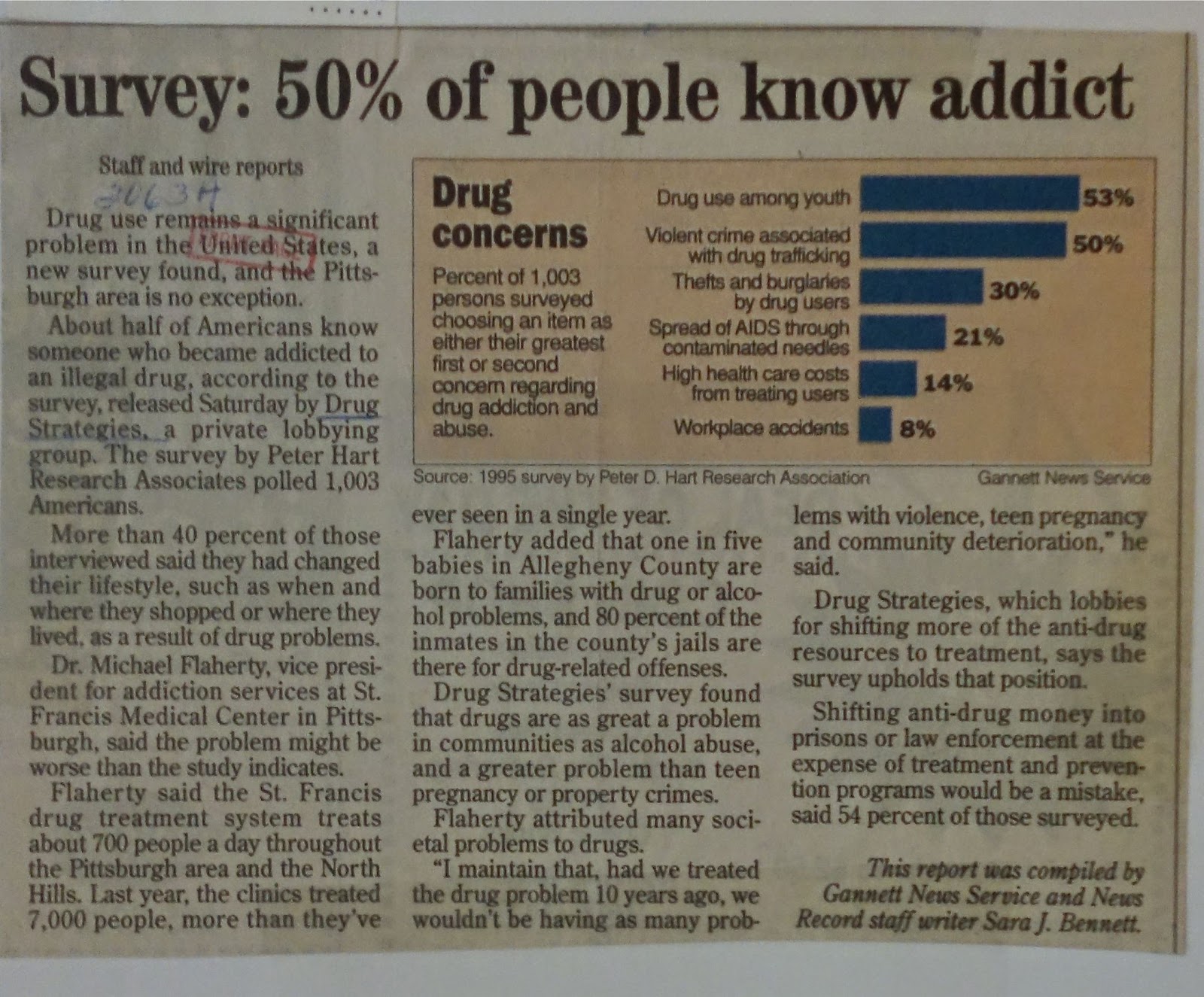Drug Addiction and Community

Definition of drug addiction and its impact on the community:
Drug addiction is a complex disease characterized by the compulsive use of drugs despite harmful consequences to the individual and those around them. It is a pressing issue that affects not only the person struggling with addiction but also their families, friends, and the community as a whole. Understanding drug addiction and its impact on the community is crucial for developing effective prevention and intervention strategies.
Importance of understanding drug addiction and its effect on the community:
The importance of understanding drug addiction and its effect on the community lies in the fact that it is a preventable issue. Research has shown that prevention programs involving families, schools, communities, and the media can be effective in reducing drug use and addiction. When young people perceive drug use as harmful, they are more likely to decrease their drug-taking behavior. Therefore, education and outreach play a key role in helping people understand the risks associated with drug use and addiction.
Community engagement is an essential component of addressing drug addiction. It plays a pivotal role in the equitable scale-up of evidence-based practices, programs, and policies within the substance use prevention system. By involving community members in the process, accountability is ensured, and the needs of those most affected by substance use problems are addressed.
Drug addiction has far-reaching consequences on society, affecting various aspects of life, including the economy, public health, and social welfare. For instance, children of individuals who abuse drugs are often neglected or abused due to their parents' preoccupation with drugs. Businesses may suffer from employee drug abuse through theft, absenteeism, lost productivity, and increased use of medical and insurance resources.
In rural communities, drug addiction poses a significant threat to the future prosperity of the area. However, this challenge also presents an opportunity for federal, state, tribal, and local leaders to work together to address the crisis and create a better future for these communities.
Types of Drugs and Their Effects:
There are various types of drugs with addiction potential, including prescription and non-medical drugs. Some common categories of substances include:
1. Alcohol
2. Caffeine
3. Cannabis (marijuana)
4. Hallucinogens, such as PCP and LSD
5. Hypnotics, sedatives, and anxiolytics (anti-anxiety drugs), such as sleeping pills, benzodiazepines, and barbiturates
6. Inhalants, such as paint thinners, aerosol sprays, gases, and nitrites (poppers)
7. Prescription and non-prescription opioids, such as codeine, oxycodone, and heroin
Different drugs can have different effects on the body and mind, with some causing long-lasting and permanent health consequences. The risk of addiction and the speed at which a person becomes addicted varies by drug, with some drugs, like opioid painkillers, having a higher risk and causing addiction more quickly than others.

Data on drug use prevalence in the community shows that more than 7 million people suffer from an illicit drug disorder, and one in four deaths results from illicit drug use. Prescription drug misuse and abuse, particularly among teenagers, is a growing problem in the whole World, surpassing cocaine, heroin, and methamphetamines.

Causes of Drug Addiction:
The underlying causes of drug addiction are complex and multifaceted, involving a combination of factors such as behavioral, psychological, environmental, and biological aspects. Some of the risk factors that increase the likelihood of addiction include:
1. Genetic predisposition: Genes can play a significant role in a person's vulnerability to addiction, with genetic variations associated with different responses to drugs.
2. Mental health disorders: Individuals with mental health disorders, such as depression, ADHD, or PTSD, are more likely to become addicted to drugs as a way of coping with painful feelings.
3. Family history of addiction: A family history of addiction can contribute to a person's risk of developing a substance use disorder.
4. Trauma: Experiencing traumatic events can increase the likelihood of drug addiction.
5. Untreated mental health disorders: Conditions such as depression and anxiety, when left untreated, can contribute to the development of addiction.
6. Family conflict: A turbulent family environment can increase the risk of drug addiction.

It is essential to recognize that these factors can interact and contribute to the development of addiction. By understanding the causes of drug addiction, communities can better address the issue and work towards prevention and intervention strategies.
Impact on the community:
Drug addiction has significant effects on the community, affecting not only individuals who abuse drugs but also their families, friends, businesses, and government resources. Some of the consequences of drug addiction on the community include:
1. Child abuse and neglect: Children of individuals who abuse drugs are often abused or neglected due to the individual's preoccupation with drugs.
2. Economic impact: Businesses may suffer from employee theft, absenteeism, lost productivity, and increased use of medical and insurance resources.
3. Public health: Drug addiction contributes to more deaths, illnesses, and disabilities than any other preventable health condition, with one in four deaths resulting from illicit drug use.
4. Crime rates: Drug addiction is often associated with increased crime rates, including drug-related accidents, unintentional injuries, and domestic violence incidents.



Prevention and Intervention:
Effective strategies for drug addiction prevention involve a combination of approaches targeting families, schools, communities, and the media. Results from the National Institute on Drug Abuse (NIDA)-funded research have shown that these prevention programs are effective in reducing drug use and addiction. Some of the key strategies include:
1. Education and outreach: Educating young people about the risks of drug use can help them view drug use as harmful, leading to a decrease in drug-taking behavior. Teachers, parents, and healthcare providers play crucial roles in educating young people and preventing drug use and addiction.
2. Early intervention programs: These programs aim to identify and address substance use issues before they escalate into addiction.
3. Community-based prevention: Implementing community-level prevention strategies, such as the Strategic Prevention Framework - Partnerships for Success grants, can help prevent the onset and reduce the progression of substance abuse.
It is clear that a multi-faceted approach to prevention and intervention is essential in addressing drug addiction. By implementing a combination of strategies, communities can work together to prevent drug addiction and support individuals in need of help.
Treatment and Recovery:
Common treatment options for drug addiction include:
1. Medication-assisted treatment: This approach involves using medications to help manage withdrawal symptoms, reduce cravings, and treat co-occurring mental health disorders.
2. Behavioral therapies: These therapies, such as cognitive-behavioral therapy (CBT) and acceptance and commitment therapy (ACT), help individuals change their thought patterns and behaviors related to drug use.
3. Counseling and support groups: Individual, group, or family counseling can provide emotional support and help individuals develop coping strategies for dealing with addiction.
4. Inpatient and outpatient treatment programs: These programs offer structured environments for individuals to receive medical care, therapy, and support during their recovery process.
it is important to note that the effectiveness of treatment programs can vary depending on the individual's needs, the severity of their addiction, and their commitment to recovery. A combination of treatment approaches, tailored to the individual's specific needs, is often the most effective way to support long-term recovery from drug addiction.

Support for Families and Communities:
Family and community support play a crucial role in drug addiction recovery. The involvement of family members in the treatment process can help individuals achieve and maintain sobriety. Informed family members can keep their loved ones accountable and greatly increase their chances of success in recovery. Some healthy roles family members can assume to encourage and support recovery include providing emotional support, setting boundaries, and participating in family therapy.
Community engagement is also essential in addressing substance use disorders. It helps in the equitable scale-up of evidence-based practices, programs, and policies within the substance use prevention system. In rural communities, collaboration between federal, state, tribal, and local leaders can help build an effective response to drug addiction and create opportunities for recovery.
It is evident that strong family and community support systems are vital in helping individuals overcome drug addiction and achieve long-term recovery.


Conclusion:
Drug addiction has a significant impact on communities, affecting individuals, families, and social dynamics. It can erode trust, weaken communication, and cause emotional distress for those involved. However, research has shown that prevention programs involving families, schools, communities, and the media are effective in preventing or reducing drug use and addiction.
A call to action for community involvement in drug addiction prevention and intervention is essential. Community engagement plays a pivotal role in the equitable scale-up of evidence-based practices, programs, and policies within the substance use prevention system. By participating in community-based initiatives, individuals can help create a supportive environment for those struggling with addiction and contribute to the overall well-being of their community.
It is evident that strong family and community support systems are vital in helping individuals overcome drug addiction and achieve long-term recovery.
To make a difference, community members can:
1. Educate themselves and others about the risks of drug use and the complexities of addiction.
2. Support local prevention and intervention programs, such as school-based initiatives and community outreach efforts.
3. Encourage open dialogue about addiction and recovery within families and social circles.
4. Advocate for accessible and affordable treatment options for those in need.
By working together, communities can help prevent drug addiction, support those in recovery, and create a healthier, more resilient society.



